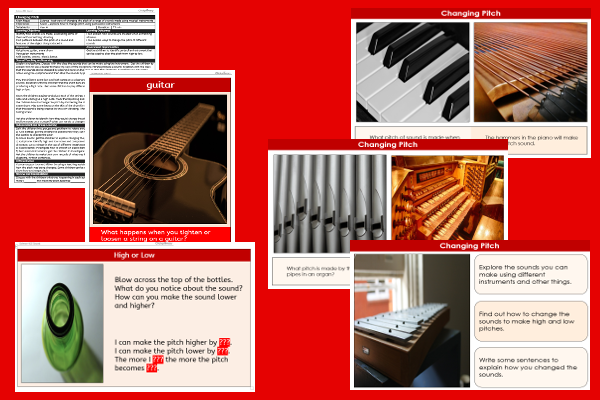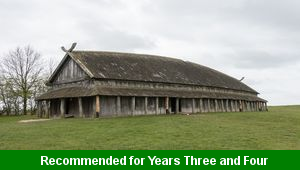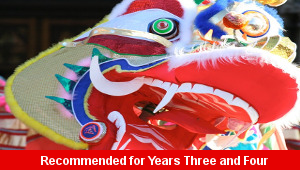Home > Key Stage Two > Science > Year Four Planning > Sound
Lesson Three – Changing Pitch

This science teaching pack for Key Stage Two gets the children to test and record some of the different ways of changing the pitch of a range of sounds that can be produced when playing musical instruments.
The class can explain and model how to play musical instruments to make sounds with high and low pitches and suggest how each pitch can be changed and altered.
Download this teaching pack including a lesson plan, classroom activities and an interactive presentation to test and record some of the different ways of changing the pitch of a range of sounds that can be produced when playing musical instruments
Activities in this teaching pack include display posters to identify and describe ways of changing the pitch of a sound using musical instruments and a set of cards to complete a set of tests to investigate and record different ways of changing the pitch of sounds.
The interactive presentation can be used to explore different ways of changing the pitch of a range of sounds made when playing musical instruments.
This lesson is part of a science scheme of work to get the children to identify how sounds are made by vibration, investigate ways of changing pitch and volume and test how some materials can be used for soundproofing. There are teaching activities for shared learning, differentiated worksheets to support independent learning and interactive presentations to introduce concepts and key skills.
-

New Start
Explore how to prepare for and deal with some of the new events and special occasions that someone might experience in life
-

Viking Settlement
Explore how the Vikings settled and built communities in Britain in the past by referencing their culture and traditions
-

Changing Seasons
Investigate changes that can happen to the natural world during the four seasons of the year and reflect on similar changes that can occur in people’s lives
-

Chinese Dragons
Select and combine different mouldable and other materials to create masks representing dragons that can be worn during a performance dance
